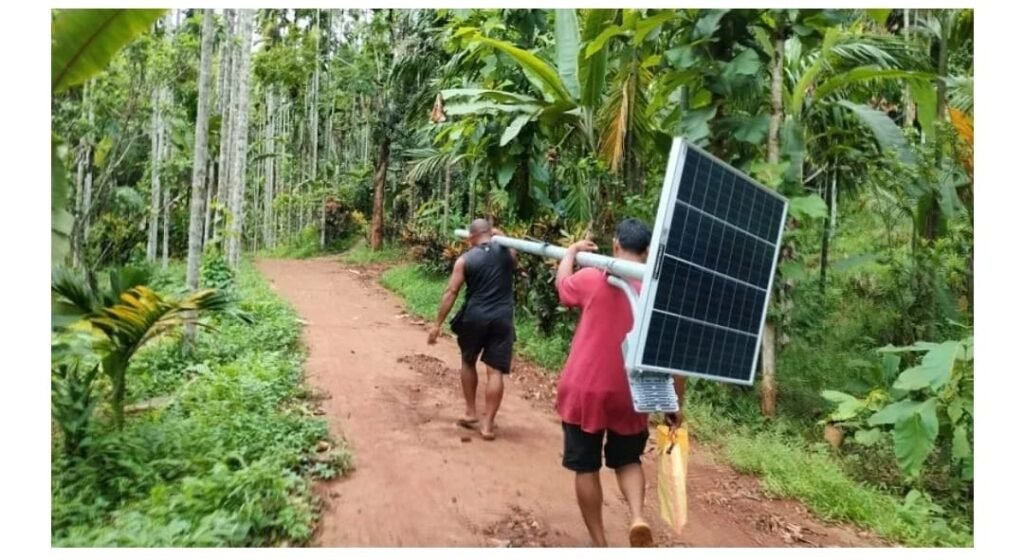Introduction:
Guwahati, the bustling city of Assam, has been witnessing a growing concern – unwarranted face-offs between wild elephants and human beings. As urbanization expands and human activities encroach upon natural habitats, conflicts between humans and elephants have become more frequent. However, proactive measures are being taken to address this issue and ensure the safety and well-being of both humans and elephants.
Rising Human-Elephant Conflicts:
The encroachment of human settlements into elephant habitats has disrupted the natural corridors and feeding grounds of these majestic creatures. As a result, wild elephants are increasingly venturing into populated areas, leading to unintended encounters with humans. These encounters pose significant risks to both parties involved and have highlighted the need for effective solutions.
Implementing Protective Measures:
Recognizing the urgency to mitigate human-elephant conflicts, local authorities and wildlife conservation organizations have come together to implement various protective measures. These initiatives aim to foster coexistence while prioritizing the safety of both the local communities and the elephants.
- Early Warning Systems:
- Installing state-of-the-art early warning systems has proven to be an effective strategy. These systems utilize technology such as motion sensors, cameras, and drones to detect elephant movements in vulnerable areas. When elephants are detected, timely alerts are sent to the concerned authorities and local residents, enabling them to take precautionary measures.
- Habitat Management:
- Efforts are underway to improve and restore elephant habitats by creating protected areas and establishing wildlife corridors. This ensures that elephants have access to sufficient food, water, and space in their natural environment, reducing their need to venture into human settlements in search of resources.
- Community Engagement:
- Community engagement programs are crucial for building awareness and promoting harmonious coexistence. These programs educate local residents about elephant behavior, safety protocols, and the importance of conserving wildlife. By involving communities in decision-making processes and providing them with tools to minimize conflicts, a sense of ownership and responsibility is fostered.
- Crop Protection:
- To mitigate the loss of livelihoods resulting from crop damage caused by elephants, innovative methods such as the use of chilli and beehive fences are being employed. These deterrents create barriers that elephants are reluctant to cross, protecting agricultural lands and minimizing economic losses for farmers.
- Enhanced Wildlife Rescue and Rehabilitation:
- Efforts are being made to improve wildlife rescue and rehabilitation facilities. Trained teams equipped with tranquilizers and rescue equipment are readily available to safely relocate distressed or injured elephants to protected areas. This ensures the well-being of both elephants and humans during such critical situations.
Conclusion:
The unwarranted face-offs between wild elephants and humans in Guwahati are a pressing concern that demands immediate attention. Through the implementation of proactive measures such as early warning systems, habitat management, community engagement, crop protection, and enhanced rescue efforts, strides are being made towards reducing these conflicts. By prioritizing the safety and well-being of both humans and elephants, Guwahati can pave the way for a sustainable coexistence between urban development and wildlife conservation.


